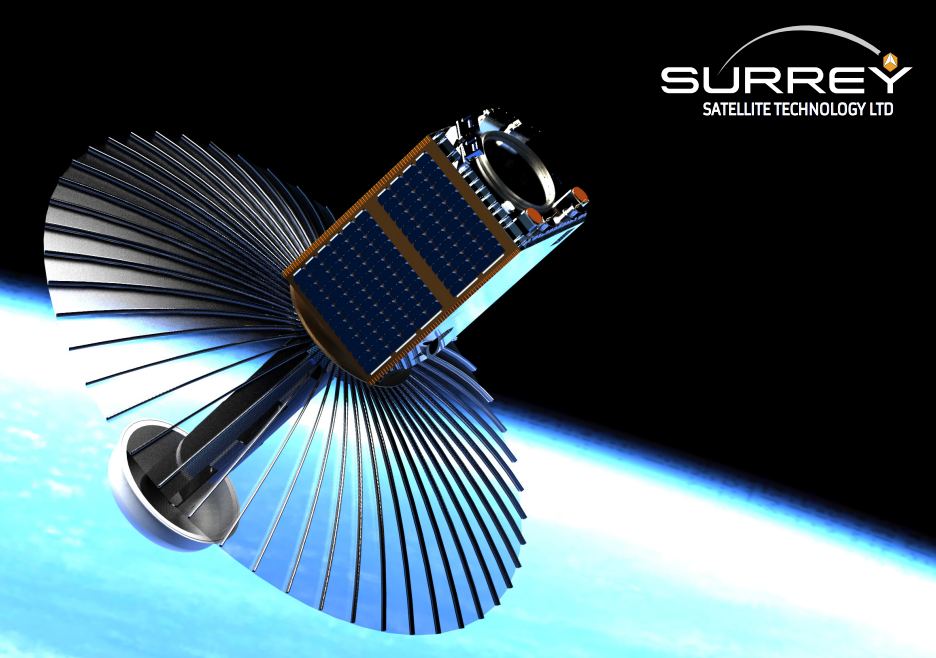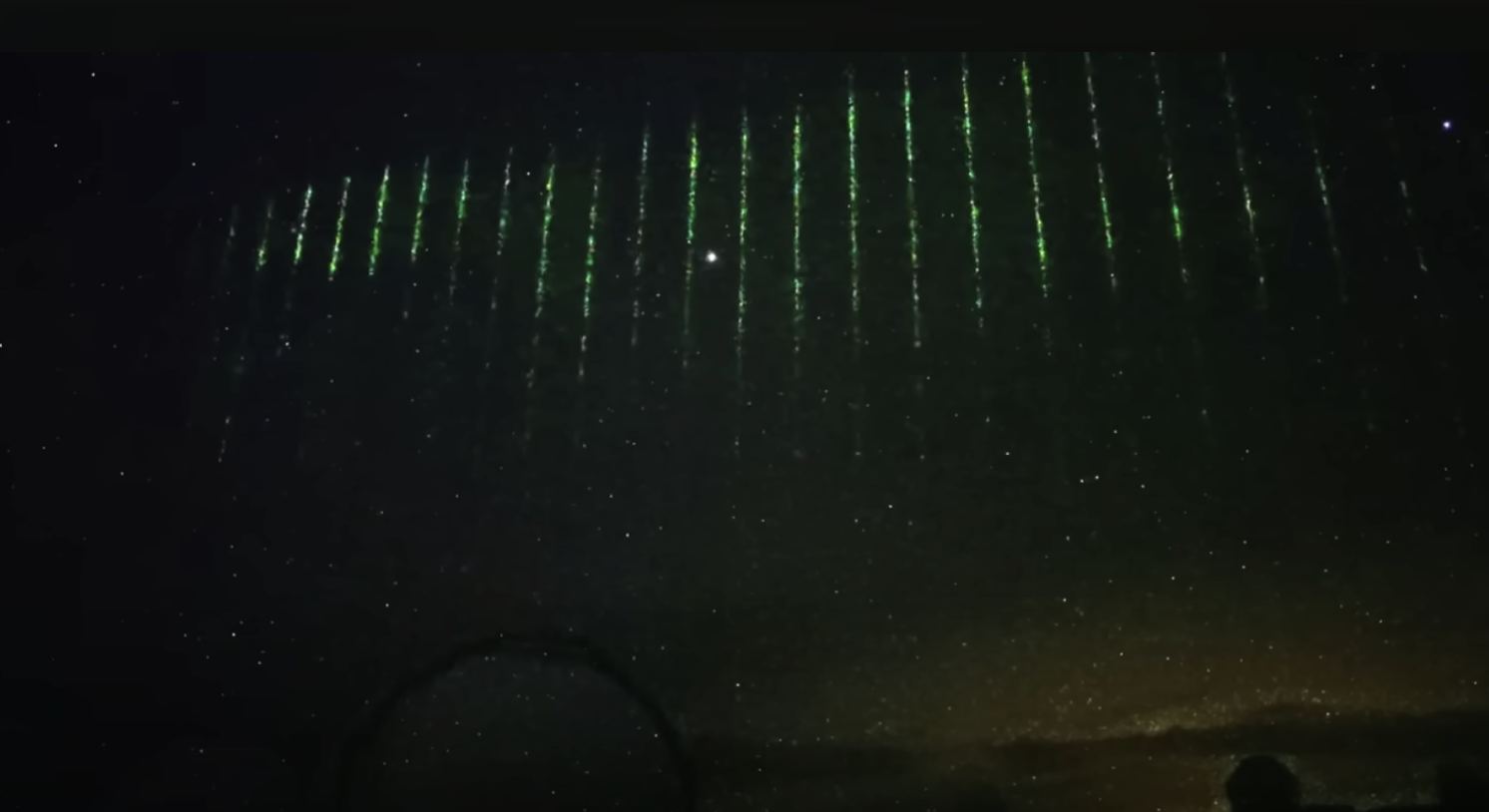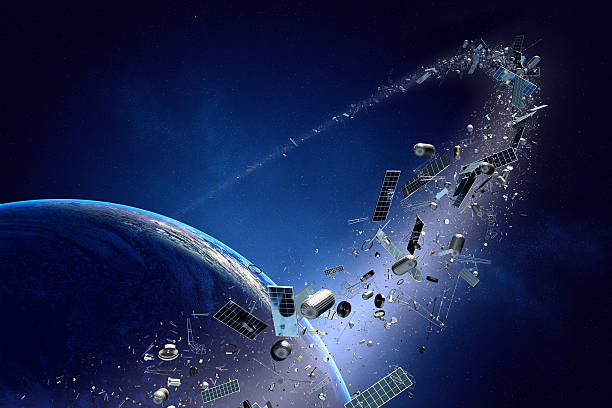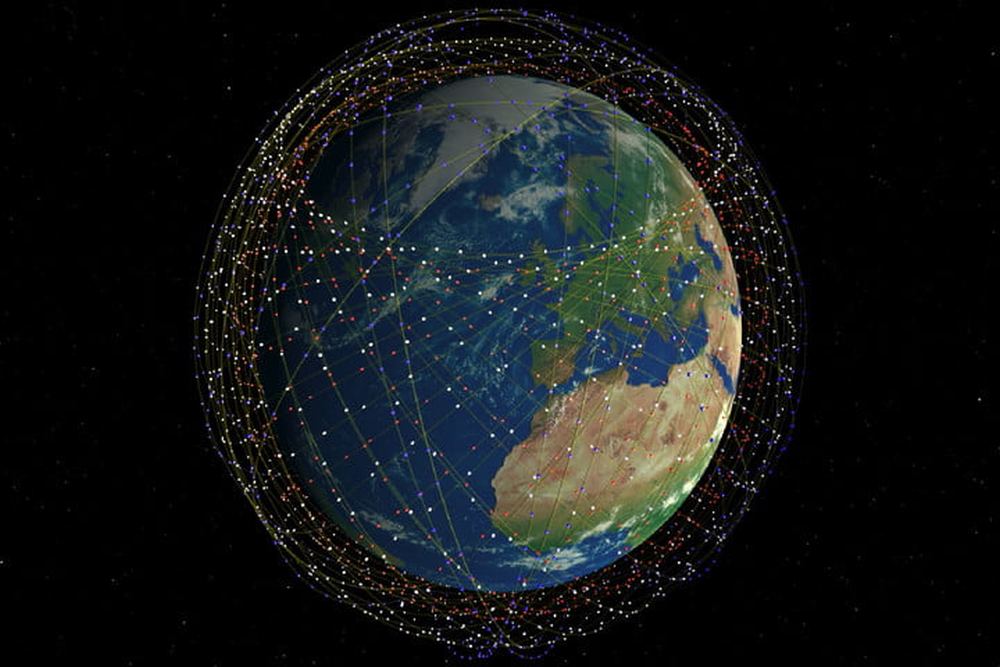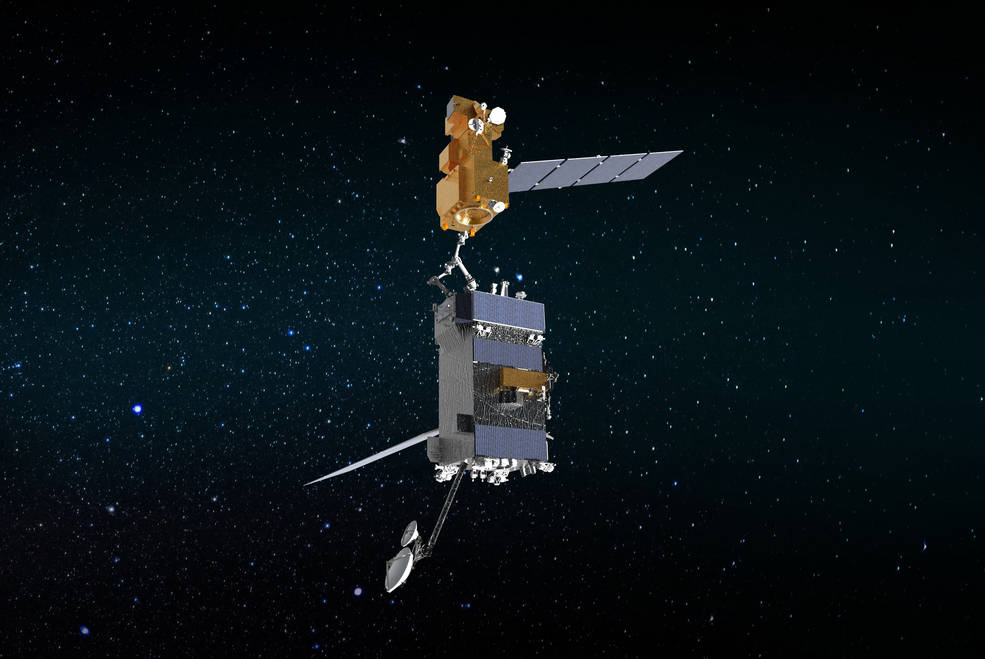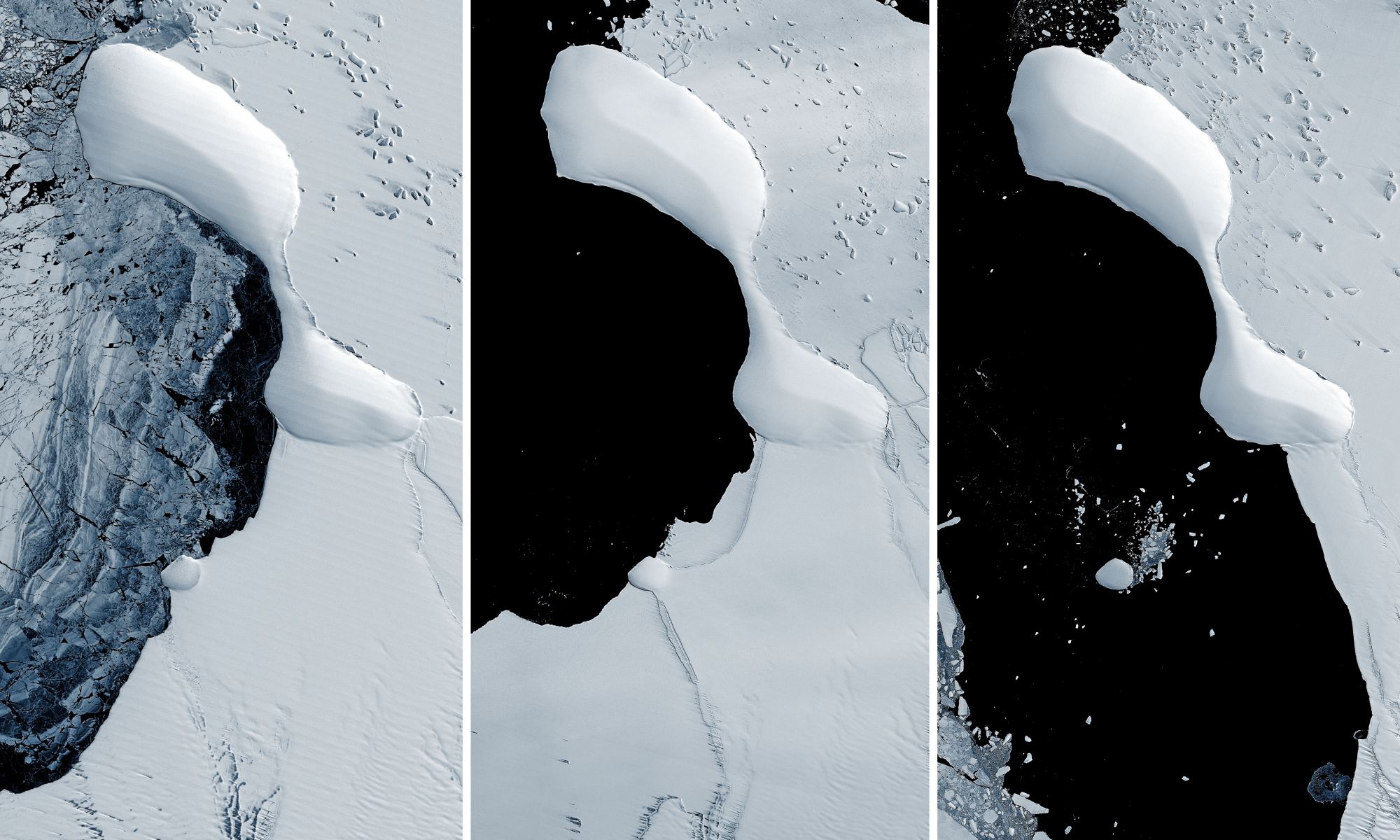On one particular day in 2021, astronauts and cosmonauts aboard the ISS must have felt a pin-prick of fear and uncertainty. On November 15th of that year, Russia fired an anti-satellite missile at one of its own defunct military satellites, Tselina-D. The target weighed about 1,750 kg, and when the missile struck its target, the satellite exploded into a cloud of hazardous debris.
NASA woke the crew on the International Space Station in the middle of the night and told them to take precautions and prepare for a possible impact. The Chinese space station Tiangong was also in danger, and multiple countries and space agencies condemned Russia’s foolhardy behaviour.
But there was no way to contain the debris.
Continue reading “If There Were a War in Space, Debris Would Destroy all Remaining Satellites in About 40 Years”

